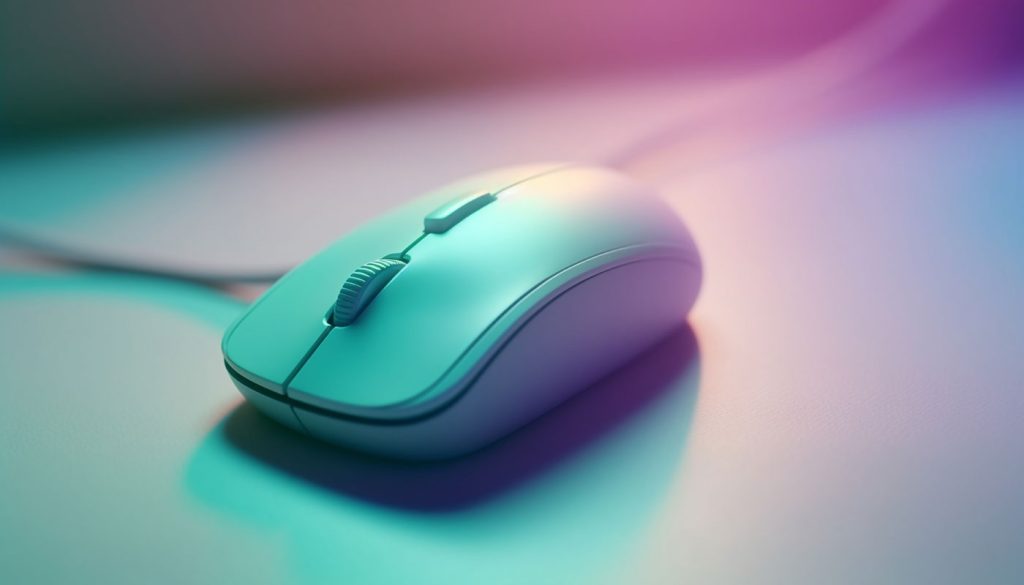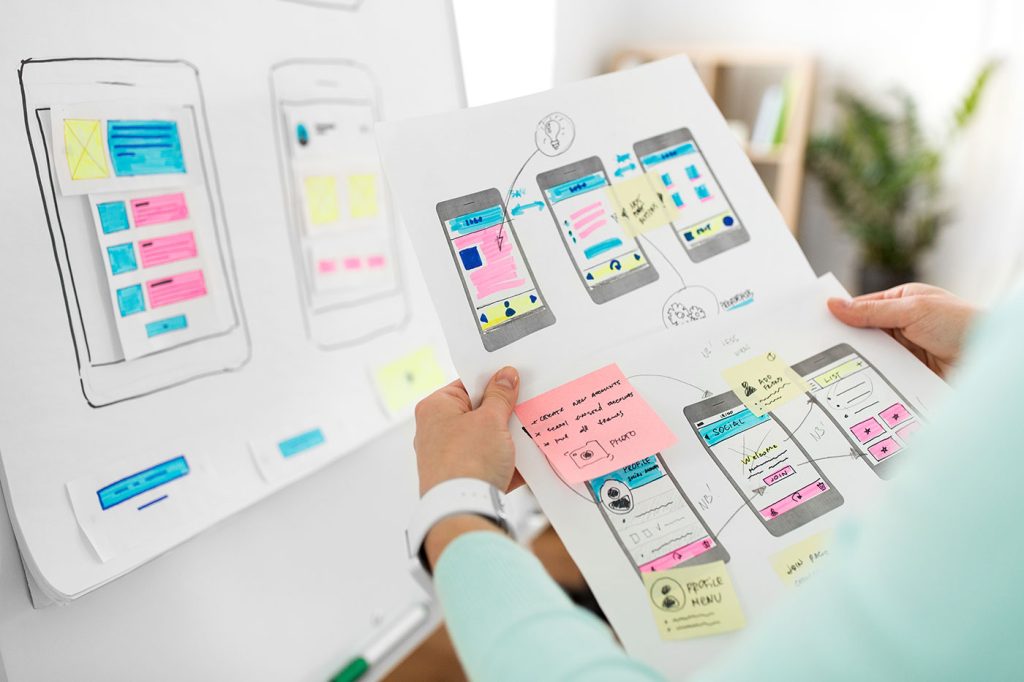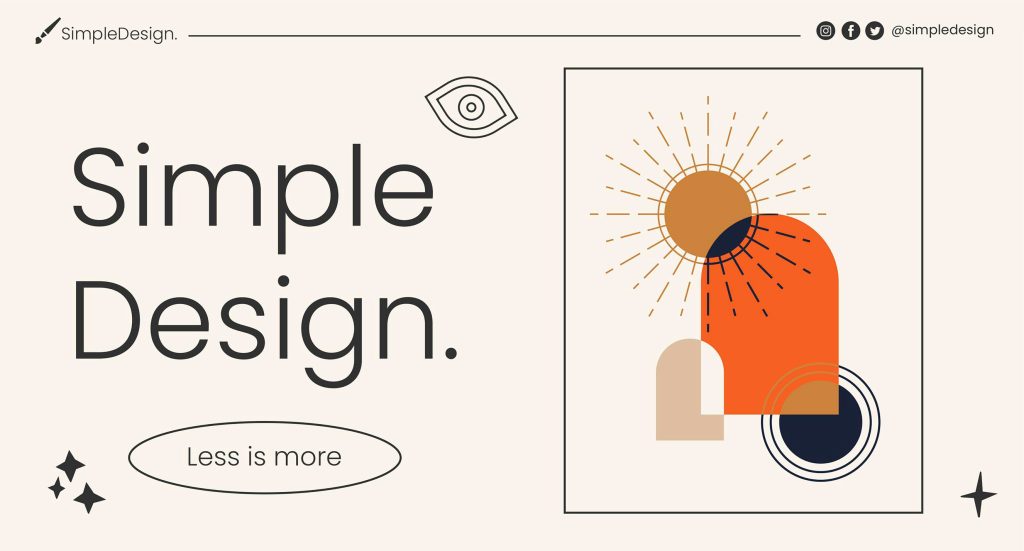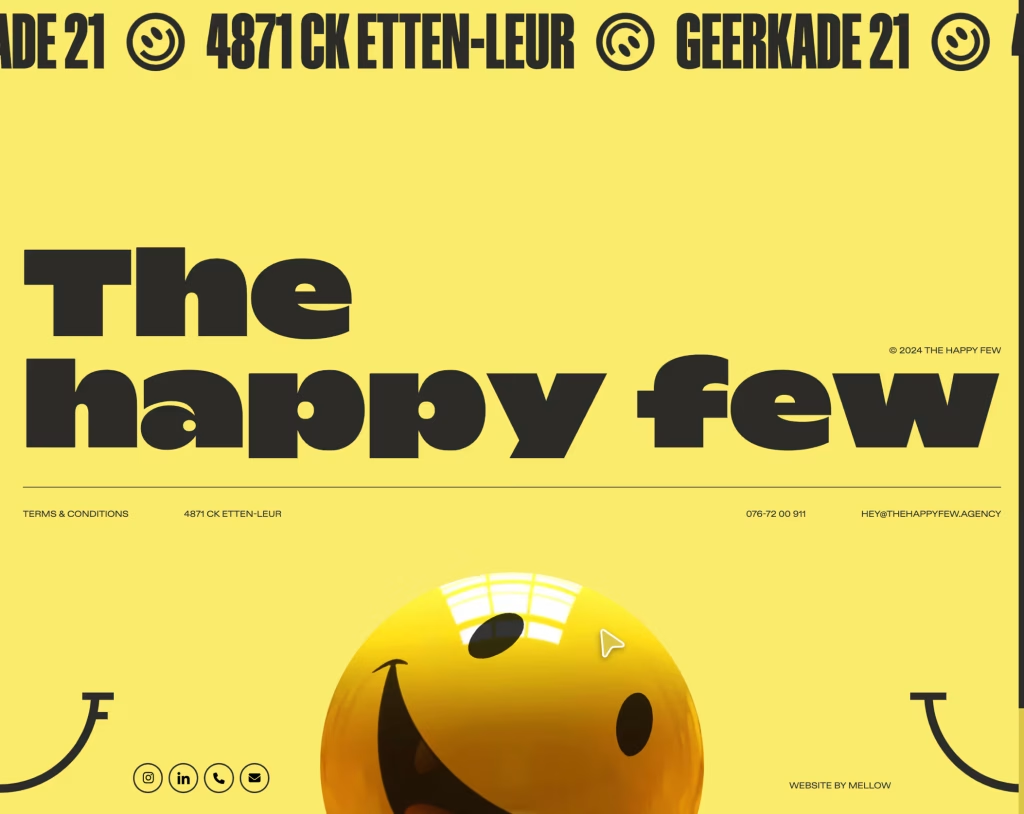Knowing that we all judge a book by its cover, smart designers create catchy and practical interfaces. Potential users may be hooked, but how do you reel them all the way in?
In trying to answer this question, all roads lead to a human-centered design approach, where the user is the prime focus. Be human: your application should speak the same language we use every day, including emotions, colloquial speech, and with a pinch of “come-hither” look. An interface should be your good friend, ready to give advice striving to enhance your experience, and make you chuckle.
Curtains up, hit the lights: micro-interactions come into play. To be more precise, this is about interactive animations that come along with an interface to make it more appealing. A good animation can:
- Communicate status and provide feedback
- Enhance the sense of direct manipulation
- Help people visualize the results of their actions
In UX, what matters is how you deal with users and how they feel when using the product. Even minor details deserve close attention. Micro-interactions provide users with needed feedback and an understanding of the ongoing processes, making an interface approachable no matter how complicated the logic behind it may be.
1) Show system status
The first usability heuristic principle by Jakob Nielsen states: keep your user informed about what is going on. Users expect to get responses immediately, but there are situations when a site needs some time before an action is completed.
So, the interface should keep the user enlightened about what is happening by displaying a graphic in the background, measuring bitrate, or playing a sound. The same principle relates to file transfers: don’t let your user get bored; show them progress. Even a not-so-pleasant notification such as a transfer fail should be delivered in a cute way. Make your user smile!
2) Highlight changes
Often, to save space, an app will simply replace one button with another when it’s needed. Sometimes we have to show notifications to make sure the user sees it. Animation will attract their attention and not let users overlook what you think is important.
3) Keep context
In the era of smartphones and smart watches with small screens, it can be difficult to fit a lot of information on one screen. One way to handle it is to keep clear navigation between different pages; so the user understands what appeared from where, and is able to easily navigate back. There are many options for this:
4) Non-standard layouts
Continuing with the previous examples, micro-interactions should help users understand how to interact with uncommon layouts without unnecessary confusion. Photos flipping forward, scrolling graphs, and rotating characters are all great options:
5) Calls to action
Apart from helping a user effectively interact with an application, micro-interactions have the power to encourage users to actually interact: keep on browsing, like, or share content, just because it’s attractive and they don’t want to leave:
6) Visualize input
Data input is one of the most important elements of any application. The quality results users get depends on the data input. As a rule, it is pretty boring, but micro-interactions turn this process into something special:
7) Make tutorials come alive
And of course, animations can help educate users after the launch of an application by highlighting basic features and controls needed for further usage without a hitch.
Conclusions
So, if you value your user experience, polish your interface from A to Z, spicing it up with micro-interactions and animations. It will breathe life into your project.
Attention to each and every detail is key to your success making human-computer interaction easy to use.

























